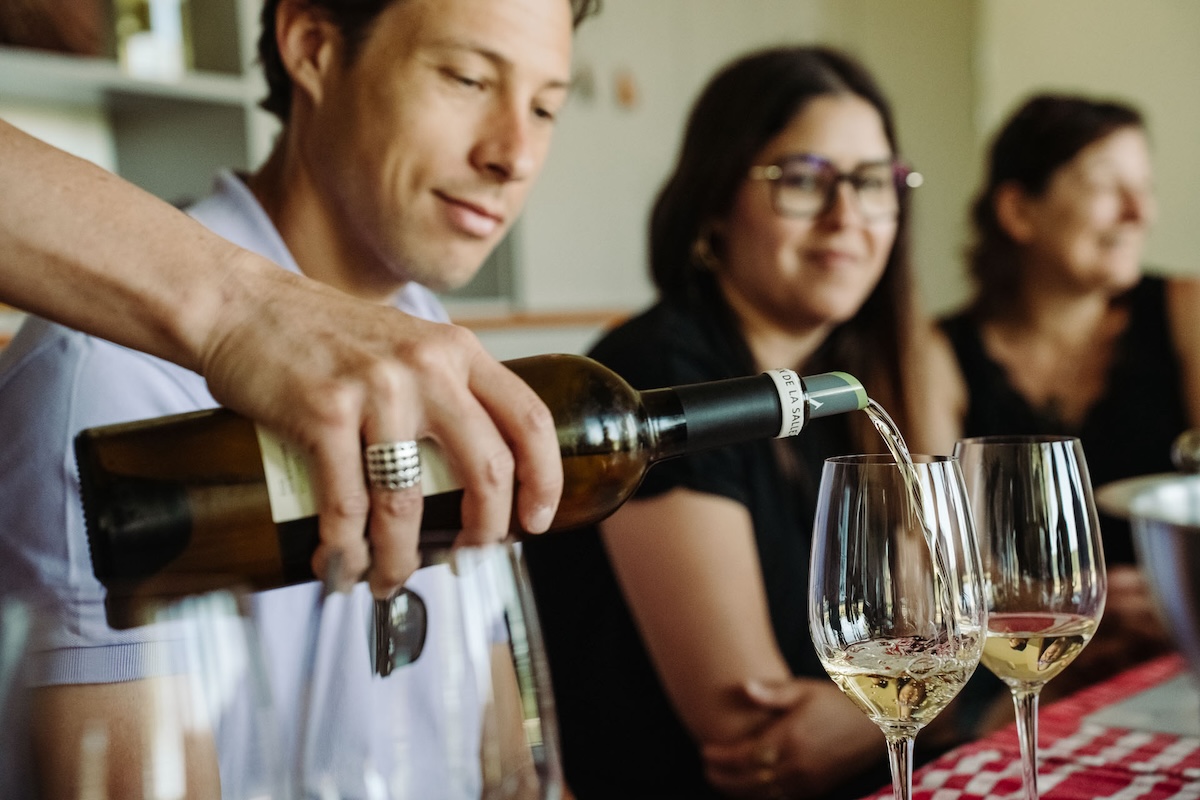
Bordeaux ‘s Historical Wine Scene
Bordeaux’s Wine Making Heritage
Bordeaux’s journey in winemaking dates back thousands of years, making it one of the oldest wine-producing regions in the world. Ancient Romans laid the groundwork for viticulture here, cultivating grape varieties that thrive in this rich terroir. Over the centuries, Bordeaux has become synonymous with high-quality wines, supported by a legacy of craftsmanship and tradition.
Evolution of Bordeaux Wines
As time progressed, Bordeaux wines evolved significantly, adapting to changing tastes and market demands. Key developments include:
- En Primeur: A system that allows consumers to buy wines while still in the barrel, revolutionizing wine sales.
- Classification Systems: Established in 1855, these classifications helped define Bordeaux’s prestigious estates.
This evolution reflects not just style changes but also a growing appreciation for the region’s remarkable terroir. Times may change, but Bordeaux wines remain timeless treasures.
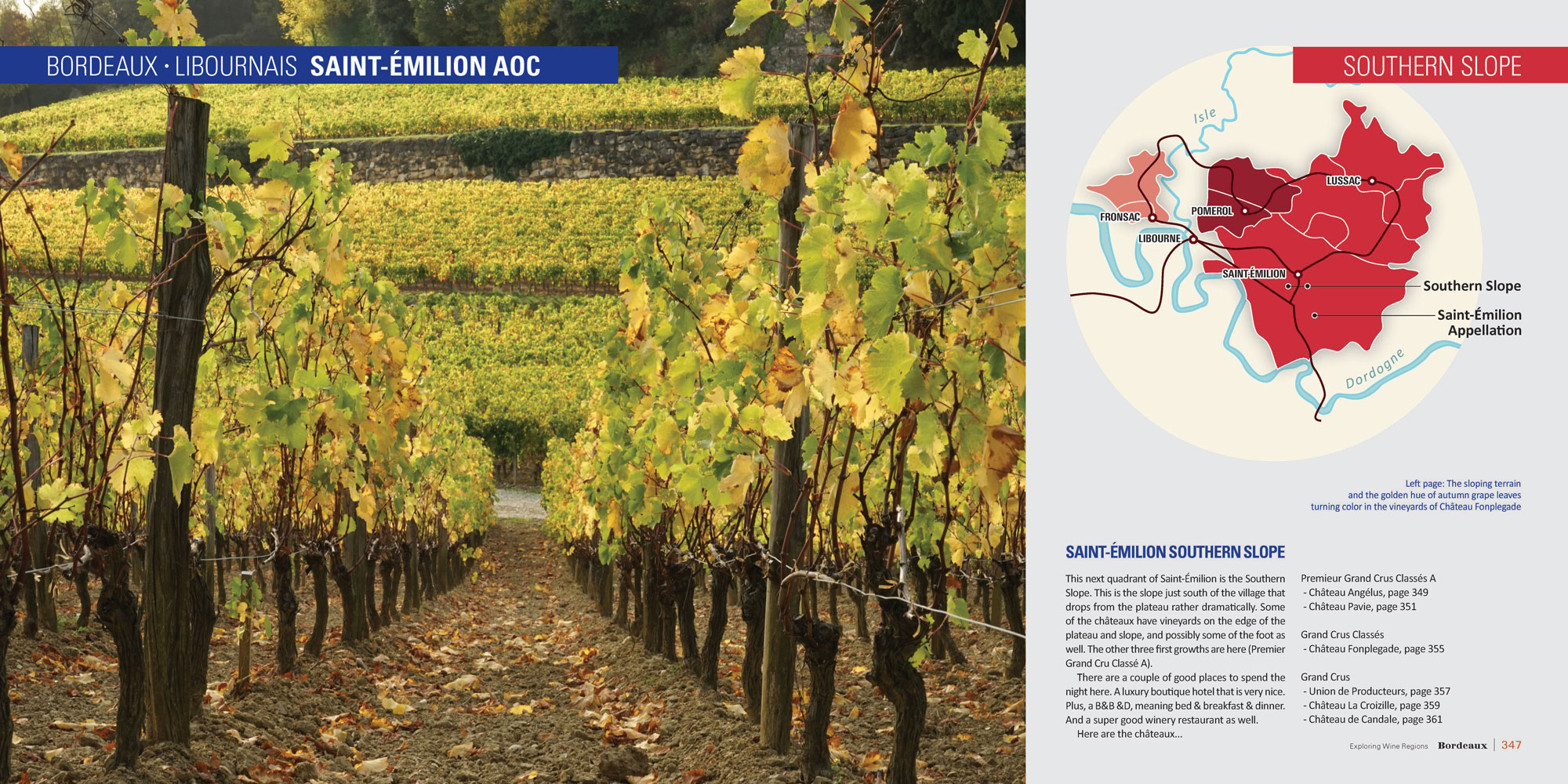
Bordeaux Wine Regions
Left Bank vs. Right Bank
Bordeaux’s wine landscape is famously divided into two main areas: the Left Bank and the Right Bank. Each boasts distinct characteristics, leading to diverse wine profiles.
- Left Bank: Known for its cabernet sauvignon-heavy blends, this area includes famous appellations like Médoc and Graves. Here, the wines are robust and age-worthy.
- Right Bank: Renowned for merlot-driven blends, regions like Saint-Émilion and Pomerol offer softer, fruit-forward wines that appeal to many palates.
Notable Sub-Regions within Bordeaux
Within these banks, various sub-regions further showcase Bordeaux’s diversity:
- Médoc: Home to prestigious châteaux, this is the quintessential Bordeaux experience.
- Saint-Émilion: A UNESCO World Heritage site, known for its breathtaking landscapes and exceptional merlot-based wines.
These distinctions enrich Bordeaux’s offerings, making it a treasure trove for both casual drinkers and connoisseurs.
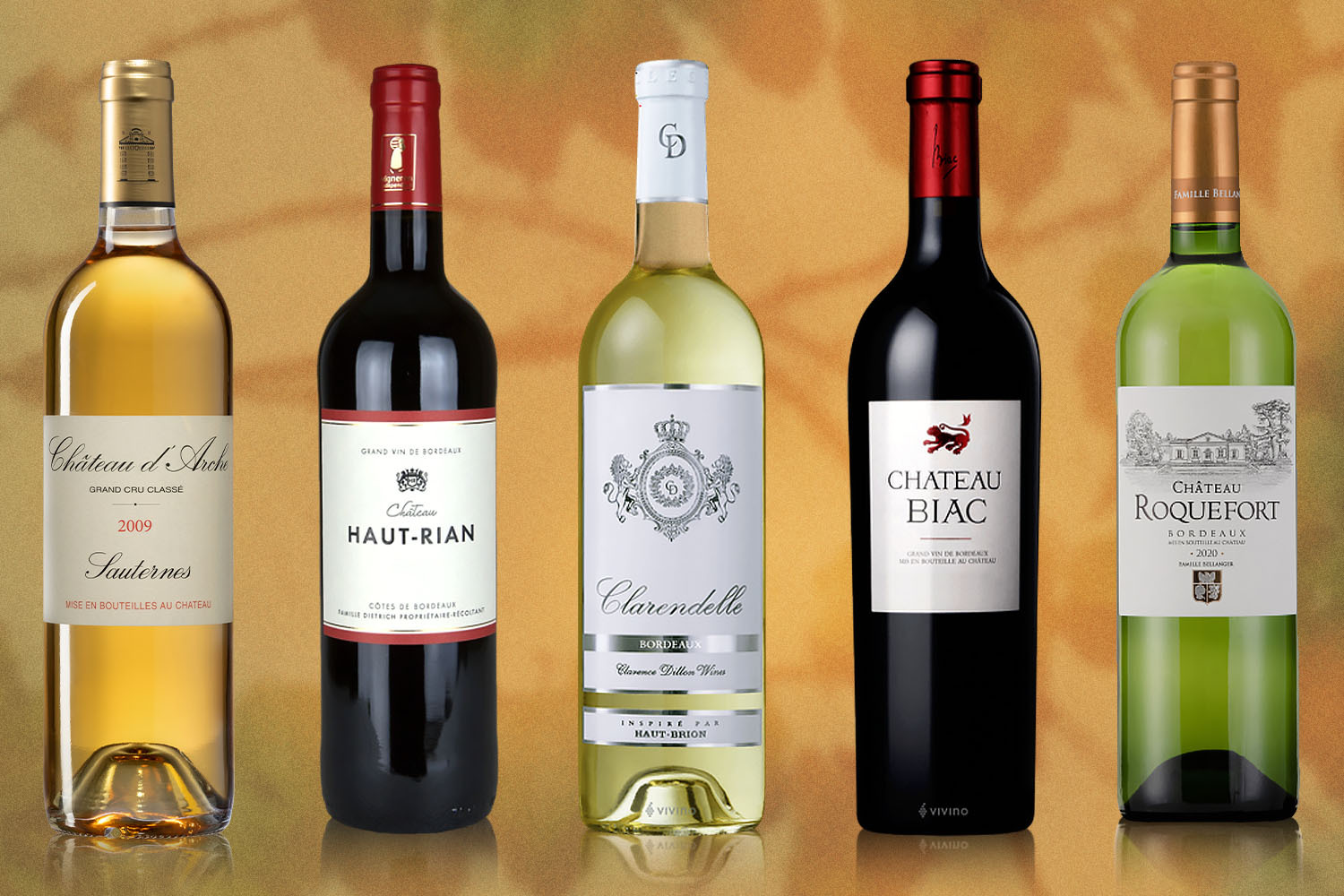
Famous Bordeaux Wine Chateaux
Overview of Classified Growths
Bordeaux is renowned for its classified growths, particularly established in the 1855 classification. This system ranked châteaux based on their quality, establishing a hierarchy that still holds influence today. It includes five tiers, ensuring consumers recognize prestigious wines.
- First Growths: The pinnacle, featuring illustrious names like Château Lafite Rothschild.
- Second to Fifth Growths: While still impressive, these offer unique expressions and value.
Iconic Chateaux and Their Contributions
Some châteaux have left an indelible mark on the Bordeaux landscape:
- Château Margaux: Known for its elegance and floral notes, it epitomizes classic Cabernet Sauvignon-based wines.
- Château Latour: Celebrated for its power and longevity, it often stands out for its exceptional aging potential.
These iconic châteaux not only contribute to Bordeaux’s legendary status but also inspire new generations of winemakers worldwide. Their heritage continues to enrich the Bordeaux wine experience.

Bordeaux Wine Varietals
Primary Grape Varieties
Bordeaux is a region defined by its exceptional grape varieties, primarily including:
- Cabernet Sauvignon: The backbone of many blends, known for its bold structure and aging potential.
- Merlot: Often softer and fruitier, it adds approachability to the blend.
- Cabernet Franc: Contributes elegance and herbal notes, enhancing complexity.
These varieties work in harmony to create Bordeaux’s signature wines.
Unique Characteristics of Bordeaux Blends
Bordeaux blends are renowned for their depth and complexity, resulting from the careful combination of these varietals:
- Balance: The blends achieve harmony between tannins, acidity, and fruit flavors.
- Aging Potential: Many Bordeaux wines evolve beautifully over years, revealing nuanced flavors.
Whether it’s a special occasion or a casual dinner, Bordeaux blends consistently impress with their depth, making each sip a unique experience for the palate.

Tasting Bordeaux Wines
Wine Tasting Tips
Tasting Bordeaux wines can be a delightful experience, and a few tips can enhance your enjoyment:
- Look: Observe the color intensity; deeper hues often indicate age and richness.
- Swirl: Aerating the wine helps release its aromas, revealing complexity.
- Smell: Take a moment to inhale the bouquet; note the various scents.
These steps encourage a deeper appreciation for the nuances of Bordeaux.
Understanding Bordeaux Wine Labels
Wine labels can feel overwhelming, but they provide a wealth of information. Key elements to look for include:
- Appellation: Indicates where the wine is produced, such as Médoc or Saint-Émilion.
- Classification: If present, this will inform you of the wine’s ranking.
- Producer: Recognizing the château can guide your expectations.
Familiarizing yourself with labels allows for more informed choices, transforming each bottle into an exciting exploration of Bordeaux’s rich heritage.
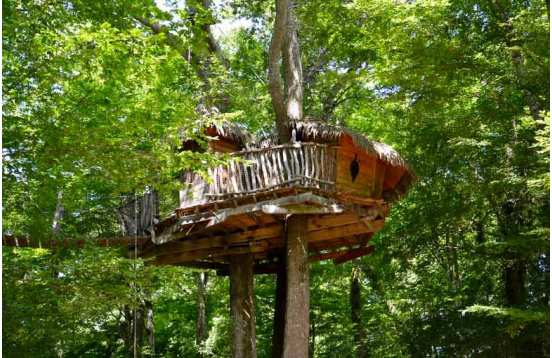
Bordeaux Wine Tourism
Visiting Bordeaux’s Wineries
Exploring Bordeaux’s wineries is a must for any wine enthusiast. Many châteaux offer guided tours where visitors can:
- Taste Exclusive Wines: Sample vintages that aren’t available commercially.
- Learn Winery History: Gain insights into the legacy and techniques behind the wine.
These experiences provide a personal connection to the region’s craftsmanship.
Experiencing Bordeaux’s Wine Culture
Bordeaux’s wine culture extends beyond the bottle. Engaging with local traditions enriches your visit:
- Wine Festivals: Participate in events like the Bordeaux Wine Festival to celebrate local vintages with lively tastings and pairings.
- Culinary Experiences: Many wineries promote food pairings that spotlight regional cuisine.
Immersing yourself in Bordeaux’s rich culture ensures unforgettable memories, making it a true paradise for wine lovers.
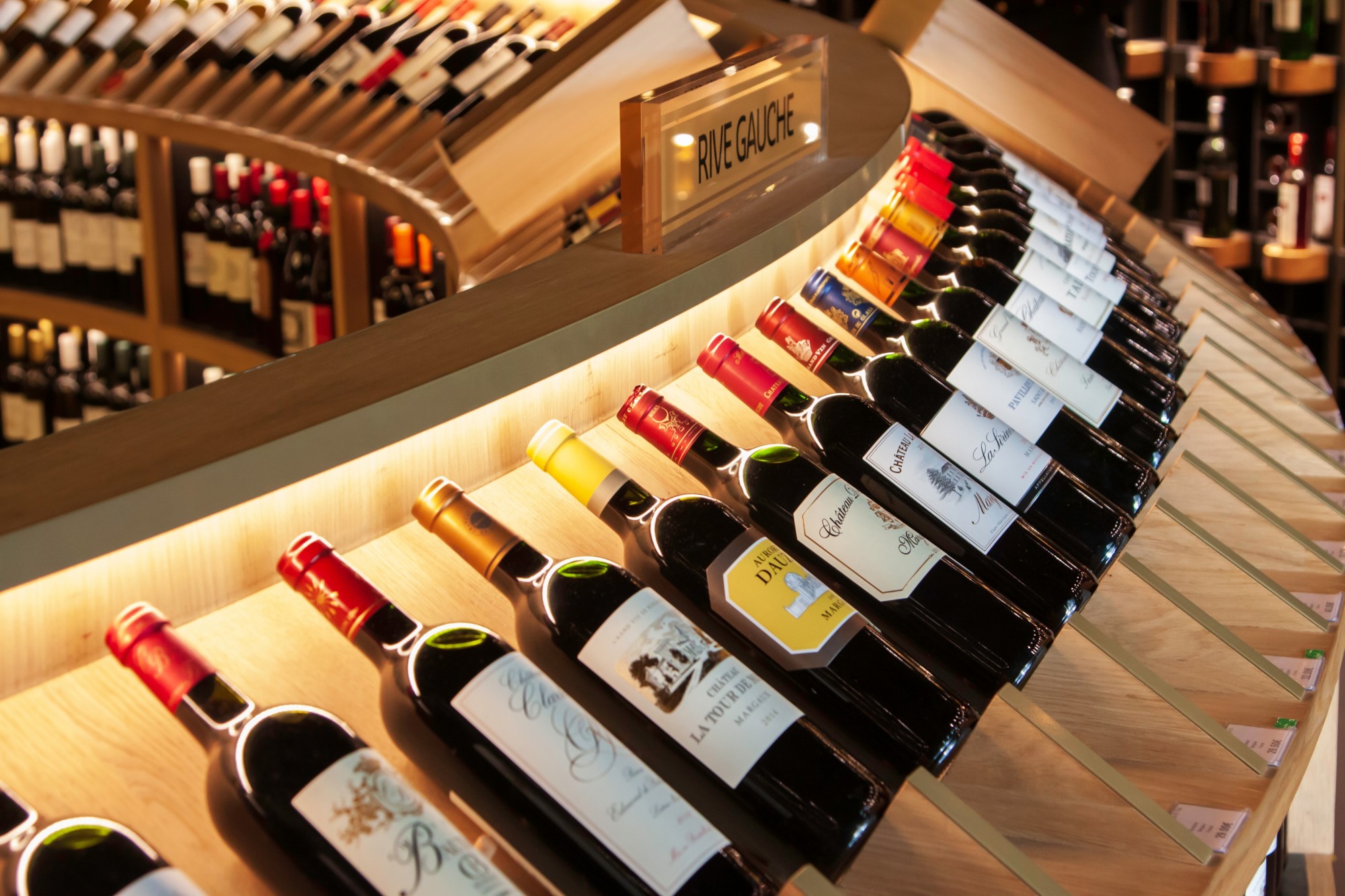
Modern Trends in Bordeaux
Sustainability Practices in Bordeaux Vineyards
In recent years, Bordeaux vineyards have increasingly embraced sustainability. Many estates now implement practices such as:
- Organic Farming: Reducing chemical usage to promote biodiversity and healthier ecosystems.
- Water Conservation: Techniques for efficient irrigation and rainwater harvesting minimize waste.
These efforts demonstrate a commitment to preserving the land for future generations while enhancing wine quality.
Influence of Technology on Bordeaux Winemaking
Technology is transforming how Bordeaux wines are crafted. Innovations include:
- Precision Viticulture: Drones and sensors monitor vineyard health, allowing for more targeted interventions.
- Smart Fermentation: Temperature-controlled tanks ensure optimal fermentation processes.
Embracing technology not only boosts efficiency but also enhances the artistry of winemaking, ensuring Bordeaux remains at the forefront of the wine world.
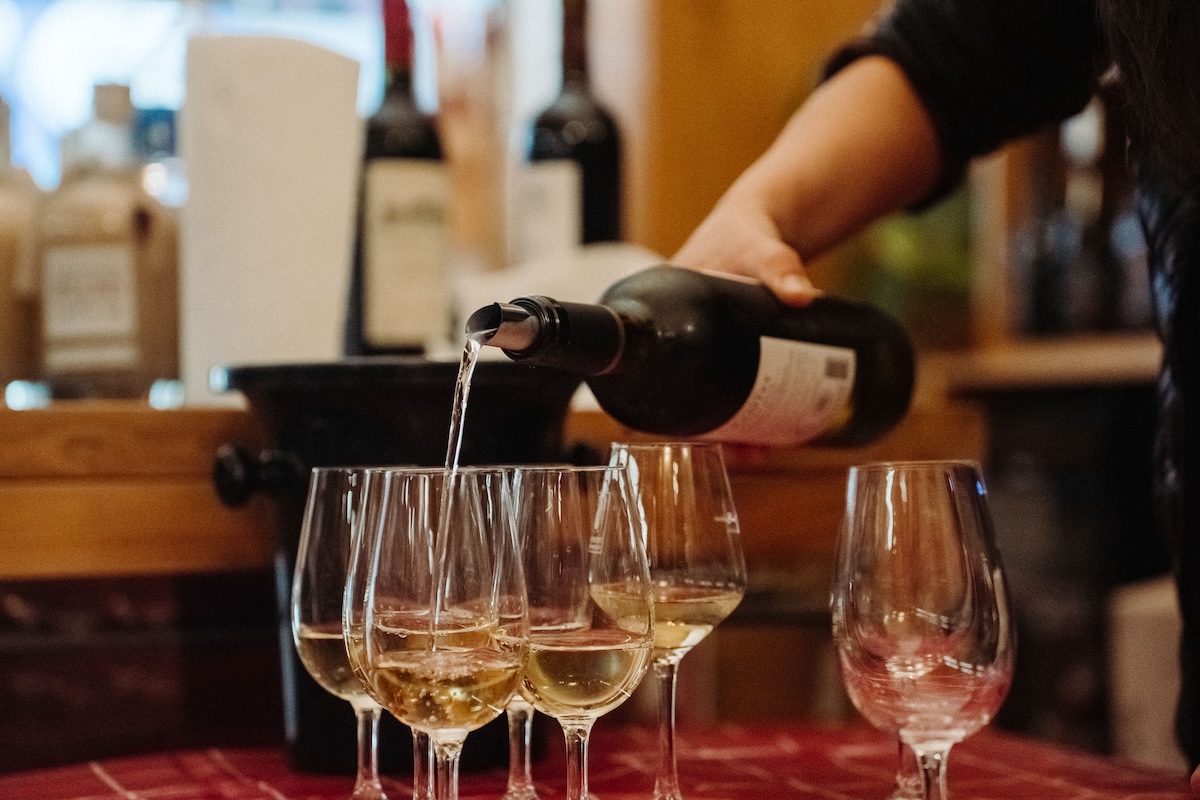
Collecting and Investing in Bordeaux Wines
Factors Affecting Bordeaux Wine Prices
Understanding the nuances of Bordeaux wine prices is crucial for collectors and investors. Key factors include:
- Prestige of the Château: Renowned properties like Château Lafite Rothschild typically command higher prices.
- Vintage Quality: Exceptional years, like 2005 or 2010, often see increased demand.
- Market Trends: Economic conditions and collector interest can impact value.
These elements combine to influence pricing, making research essential for savvy investments.
Tips for Starting a Bordeaux Wine Collection
Getting started with a Bordeaux wine collection can be exciting! Here are some practical tips:
- Focus on Quality Over Quantity: Start with a few well-chosen bottles rather than building a vast collection.
- Keep Up with Vintages: Stay informed about recent vintages and their ratings to guide your selections.
- Store Properly: Ensure your wines are kept in a cool, dark place to preserve their quality.
With a thoughtful approach, building a Bordeaux collection can be both enjoyable and rewarding. Collecting not only enhances your wine experiences but can also be a smart investment for the future.

Conclusion
Recap of Bordeaux’s Wine Legacy
Bordeaux’s wine legacy is rich and multifaceted, characterized by its historic châteaux, diverse varietals, and distinct regions. From the evolution of winemaking practices to the establishment of prestigious classifications, the region has carved out a name that resonates globally. Its contributions are not merely historical but continue to shape the wine landscape today.
The Timeless Allure of Bordeaux Wines
The allure of Bordeaux wines endures through their complexity and ability to age gracefully. Whether you’re savoring a cherished bottle from a celebrated vintage or exploring new releases, Bordeaux offers an experience that transcends time. As the region embraces modern trends while honoring tradition, its wines remain a captivating journey for enthusiasts worldwide.


64405621.jpg)

